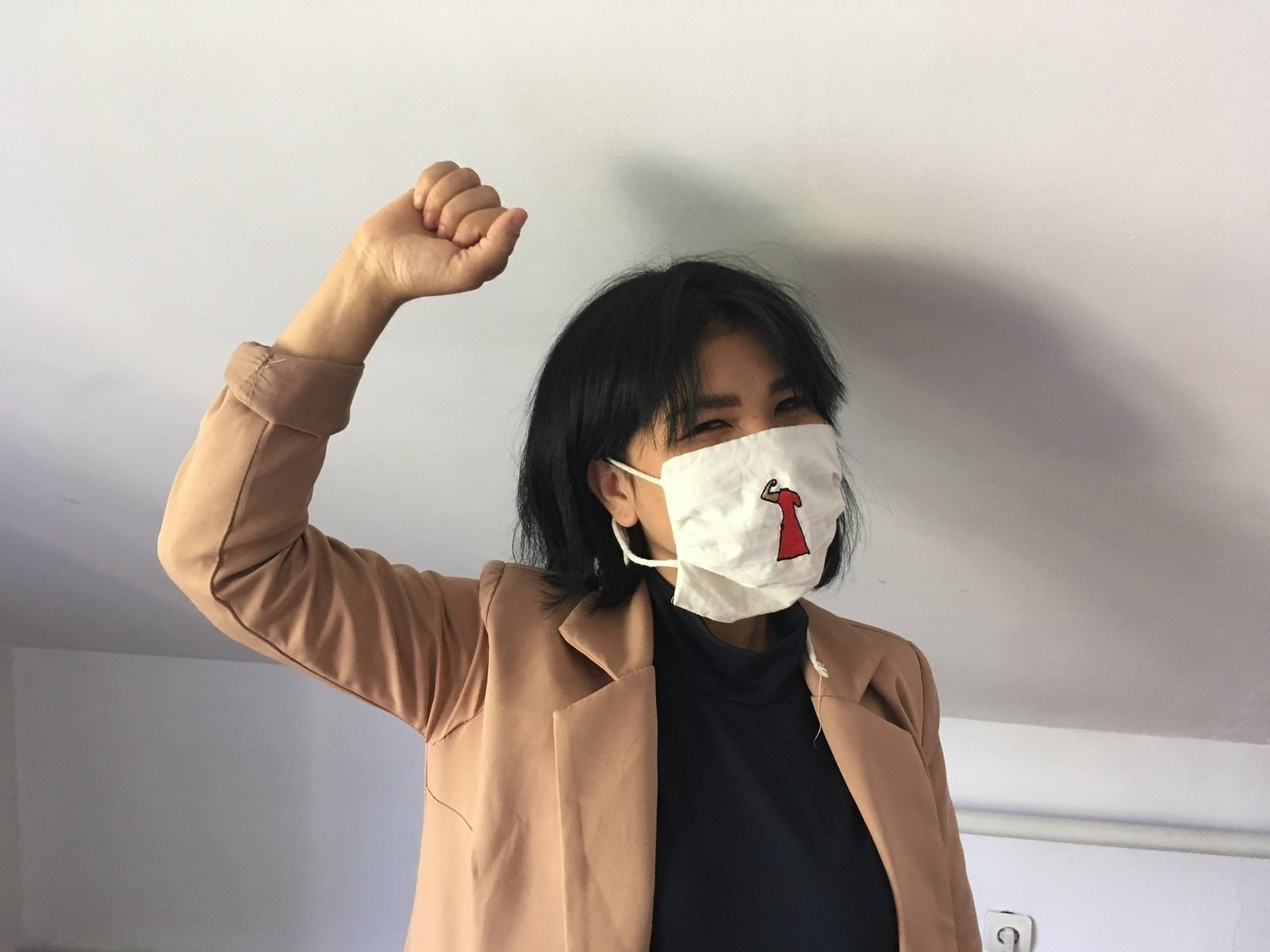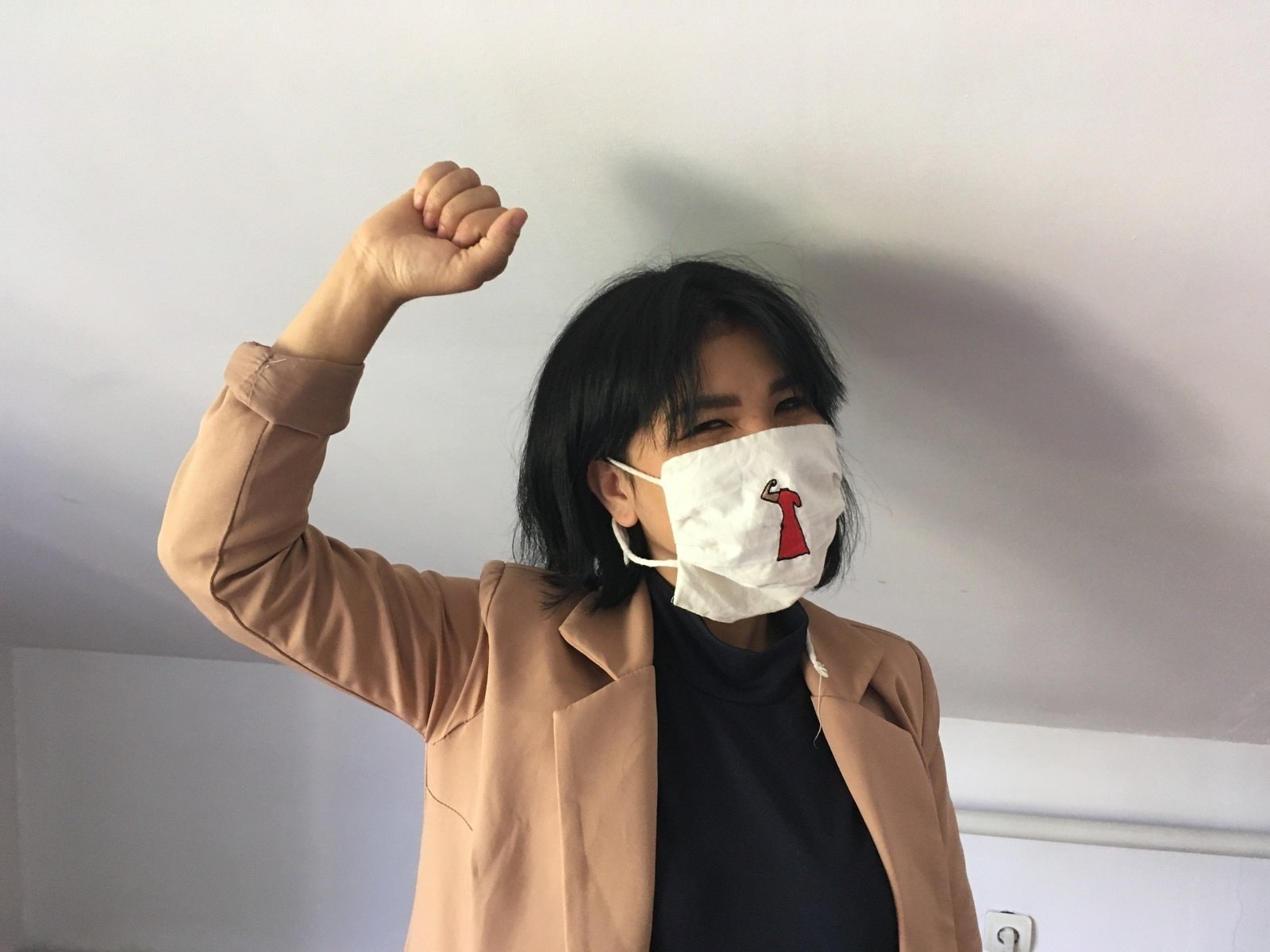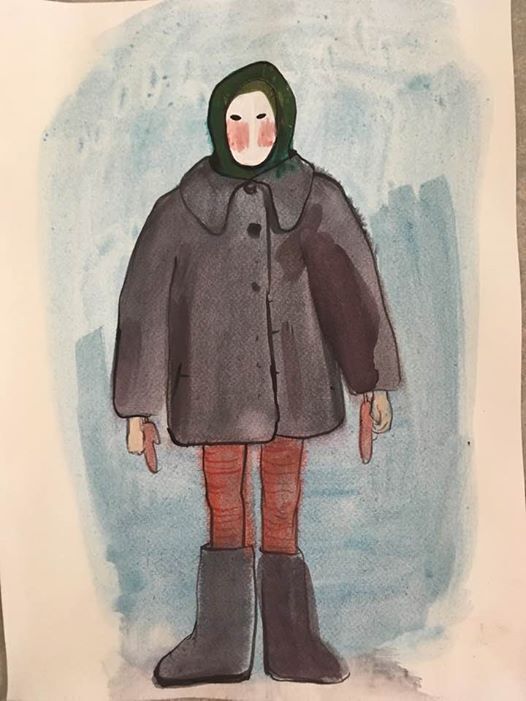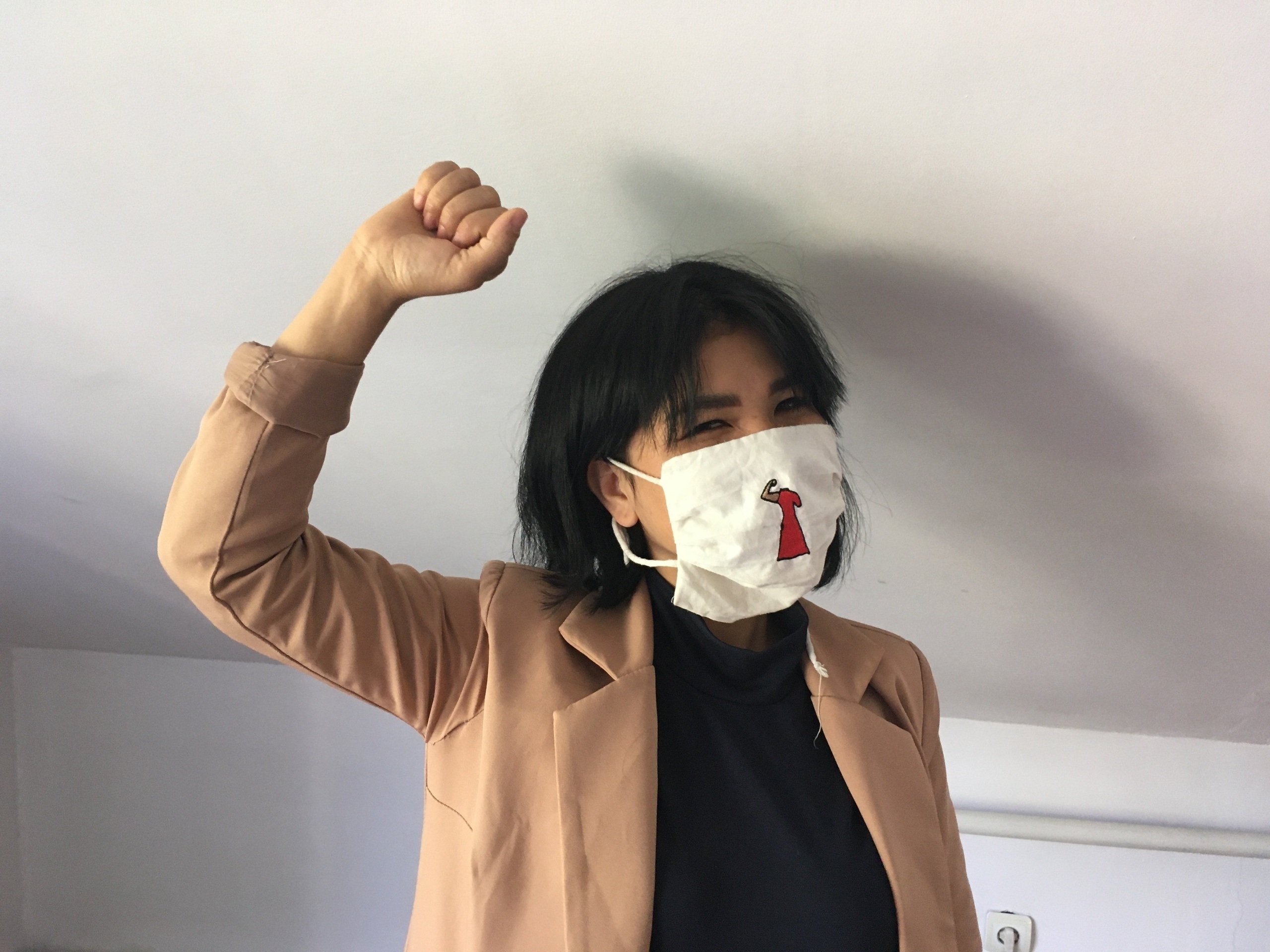At the centre of this artistic research project is a comparison between two types of modern colonial policy—Dutch (Indonesia) and Russian-Soviet (Kyrgyzstan)—based on a study of the lives and labor of female textile workers in the sweatshops of the post-industrial society. The preliminary hypothesis of the research is based on the similarity of structures of global exploitation of the labor of production workers who serve the system of consumption. The aim of the project is to explore and expose the phenomenon by revealing the mechanics of persisting colonial oppression, drawing on the example of female workers, since women are subjected to double oppression (at work and within the family).
The first interviews I made in Kyrgyzstan in 2021 showed how closely domestic violence is connected to oppression at work. After my initial questions about the interviewees’ work, the conversation inevitably turned to the years of violence they have suffered at their husbands’ hands, something which is completely ignored by their parents and a society that supports traditional customs and gender roles (for example, the kidnapping of brides for forced marriage). Many workers who come from the countryside admitted that they had joined the urban textile factories to escape the grim reality of their family life, only to find that life in the city was no less bleak.
When I began working in the archives and reading about the colonial policies of the USSR, I saw that, to the leaders of the Russian Revolution, the countries that surrounded Russia were like fabric offcuts that needed to be sewn together into a shared uniform at any cost. At the heart of the research is the creation of an artistic image and a narrative to represent invisible labor. I am inspired by the image of utopian seamstresses who restitched the map of the world at the global Red Dress Congress, organized by the leaders of the Indonesian Revolution in 1921 in a parallel universe. This image will be the key to understanding the new fragility, which can resist the calcified status quo.



